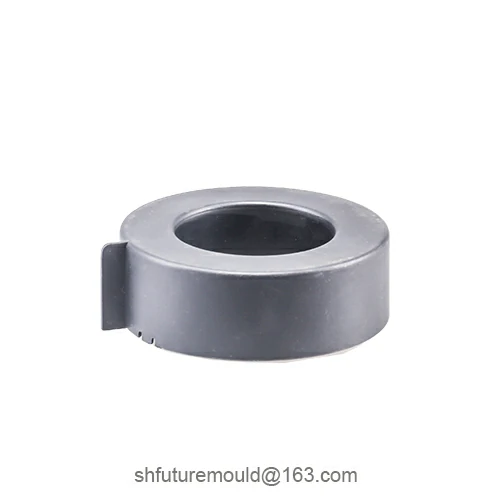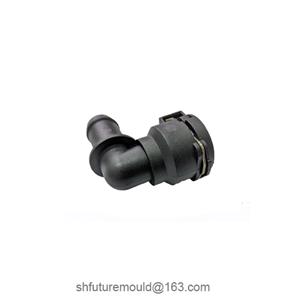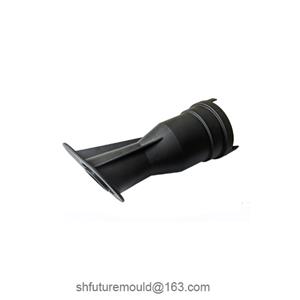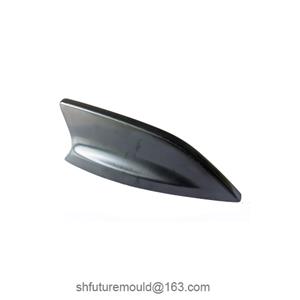Mold Flow Analysis
Mold Flow Analysis (MFA) is a simulation technology used in injection molding to model the flow, cooling, and solidification of molten plastic within a mold using computer-aided software. Its primary goal is to optimize mold design and the injection molding process, reducing defects, improving production efficiency, and ensuring product quality.
Functions of Mold Flow Analysis
1. Problem Prediction:
Simulates plastic flow to predict issues such as short shots, warping, air bubbles, burns, and flash.
Identifies potential weld lines and air traps.
2. Design Optimization:
Optimizes gate locations, runner designs, and cooling channel layouts.
Detects and corrects mold design flaws early.
3. Efficiency Improvement:
Reduces the number of mold trials, lowering trial costs.
Shortens product development cycles.
4. Process Parameter Optimization:
Determines optimal injection temperature, pressure, speed, and cooling time.
Optimizes molding cycles to enhance production efficiency.
5. Quality Control:
Ensures the dimensional accuracy and performance of the product meet design requirements.
Minimizes the need for mold modifications and rework.
Process of Mold Flow Analysis
1. Prepare 3D Models:
Import CAD models of the product and mold.
Ensure the model is complete, without holes or overlaps.
2. Set Material Properties:
Select injection molding materials (e.g., PP, PPS, ABS).
Input material properties such as rheological behavior, thermal characteristics, and shrinkage rates.
3. Set Process Parameters:
Define injection pressure, speed, and temperature.
Configure mold temperature and cooling settings.
4. Mesh Generation:
Perform mesh generation on the model (2D, 3D, or hybrid mesh).
Ensure the mesh is fine enough for accurate results.
5. Simulation:
Run simulation software for analysis.
Analyze result graphs, including filling paths, pressure distribution, and cooling curves.
6. Result Analysis and Optimization:
Identify problems based on simulation results.
Modify mold design or adjust process parameters.
Re-simulate to validate optimization results.
Common Mold Flow Analysis Software
1. Moldflow (Autodesk):
Widely used software for mold flow analysis, supporting complex molds and material simulations.
2. MOLDEX3D:
Offers high-precision 3D analysis, suitable for complex parts and multi-cavity mold designs.
3. SolidWorks Plastics:
Integrated into SolidWorks, ideal for streamlined design and analysis workflows.
4. Simpoe-Mold (Dassault Systèmes):
Powerful and well-suited for the mold flow analysis needs of small and medium-sized enterprises.
5. ANSYS Polyflow:
Specializes in the rheological analysis of polymer materials.
Benefits of Mold Flow Analysis
Mold flow analysis enables the efficient identification and resolution of potential issues in the injection molding process. By leveraging this technology, manufacturers can ensure the scientific and rational design of molds and optimization of process workflows, ultimately delivering high-quality products while reducing costs and development time.




